One of my little brother’s favorite childhood books was Richard Scarry’s The Adventures of Lowly Worm, a book about an optimistic, one-footed, underpant (not pants)-wearing worm in a Tyrolean hat. My assumption back then was that all worms were lowly; that the only real use for them was to hook a sizable fish. (I am from a family of fishing fanatics, but do not count myself as one.) Each time I had to thread a worm on to a fishing hook, I remember being grossed out by the gobs of sticky poo it left on my fingers. To me, a worm was just a wriggling tube of poo.
Which, as it turns out, it more or less is. But far from being lowly, worms may be instrumental in saving our planet. According to a study by a team of international scientists, “earthworms could be important allies in the fight against climate change.”
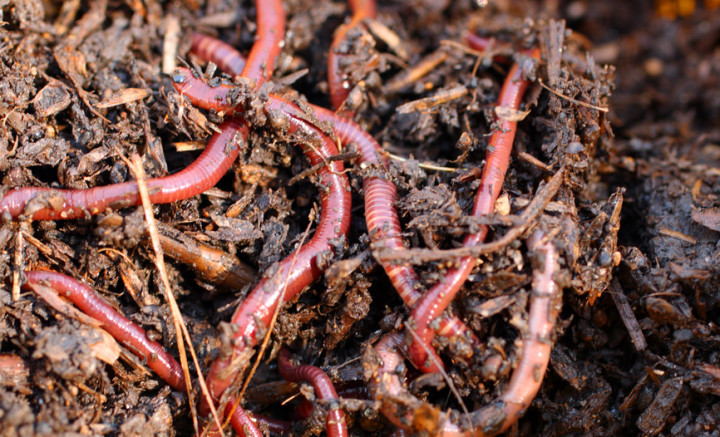
In a report in EcoWatch, the study said that worms and other small animals living in the soil feed on the microbes that ingest decaying matter, releasing carbon as they do so. “When earthworms and other insects feast on the microbes, the process of decomposition emits less carbon.”
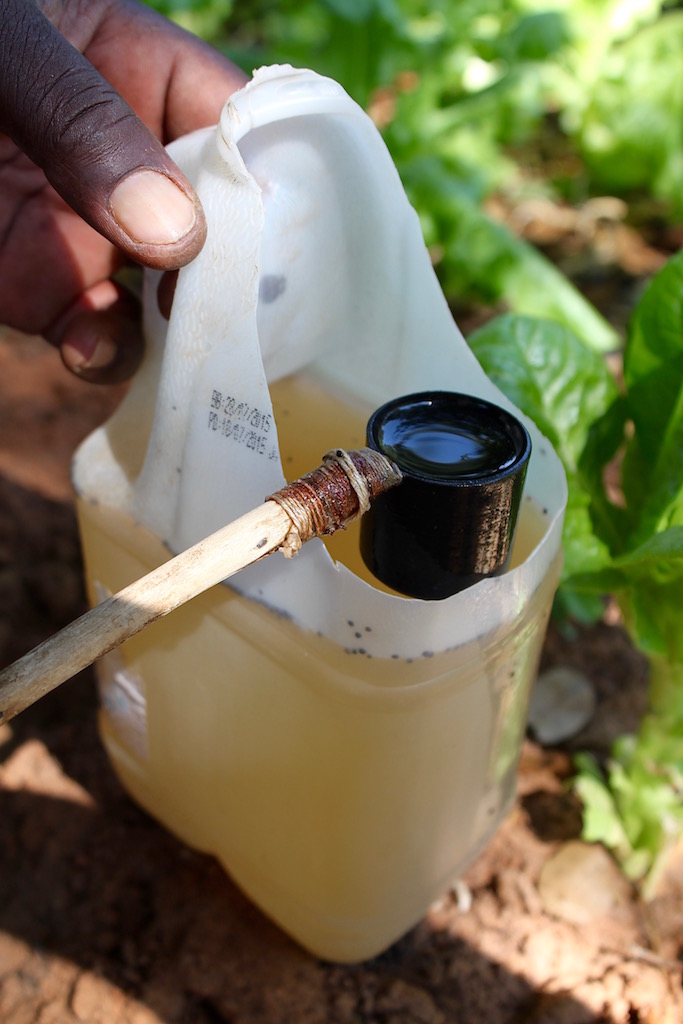
Earlier this year we were gifted a bag of worm castings (polite word for poo) and a black plastic aerated container with which to make tea. Worm tea, that is, or “a versatile probiotic brew,” made by Ecobiz, a vermicompost company in Zambia’s capital, Lusaka. I’ve read that worms, when happy, can eat up to half their weight in decaying food per day. What comes out their other end must match that in weight, and it is these castings, combined with the worms’ burrowing activity, that helps the soil improve the health of our plants.
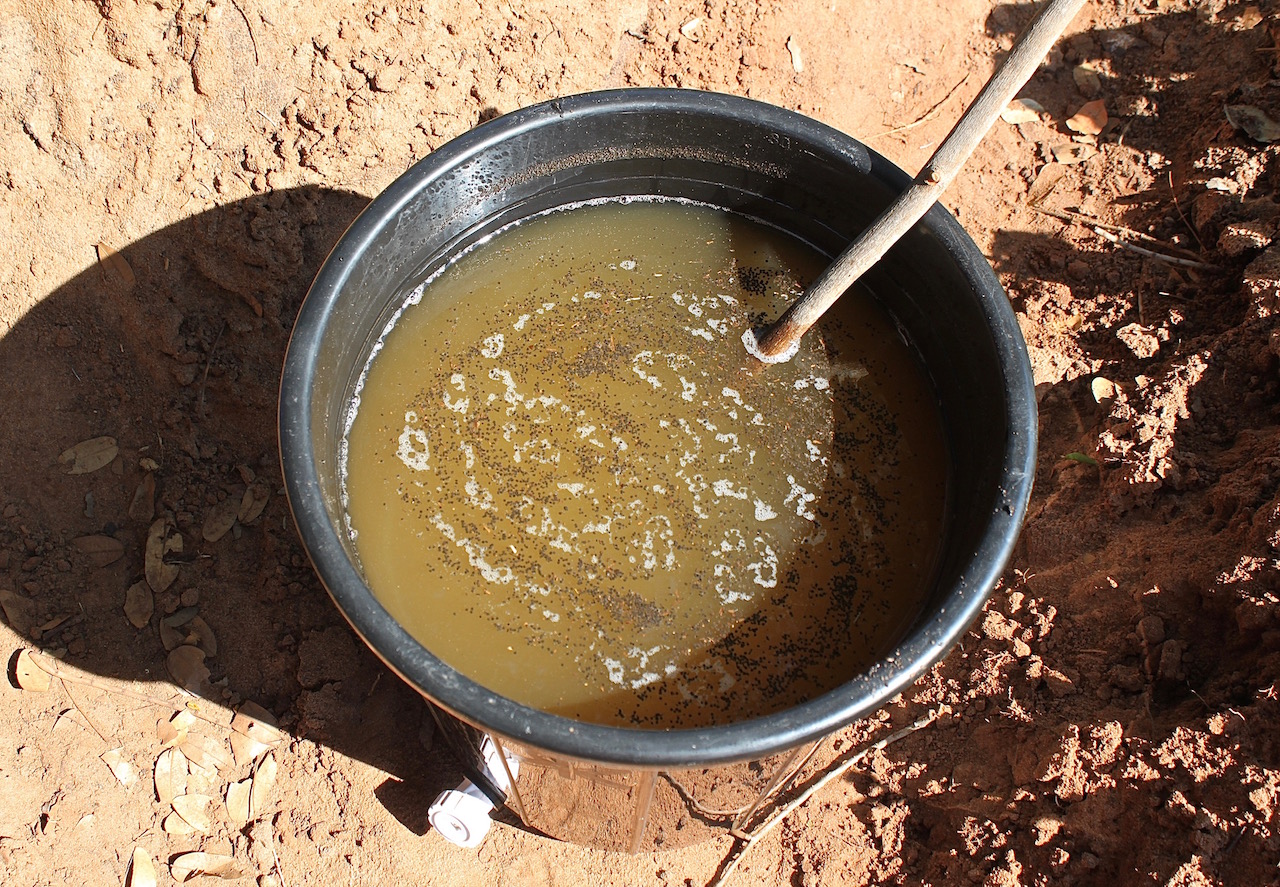
There are many other positives found in vericomposting. It has higher water retention, which in our current heatwave here in the Zambezi Vally is critical for our suffering plants. The tea is also quick to make: mix 1 x cup worm castings into a container filled with water, aerate for 24 hours, and use on your plants immediately.
Mostly, though, it really helps your plants grow. Worm tea is to a plant what a Vitamin B Complex injection is to a woman of a certain age.
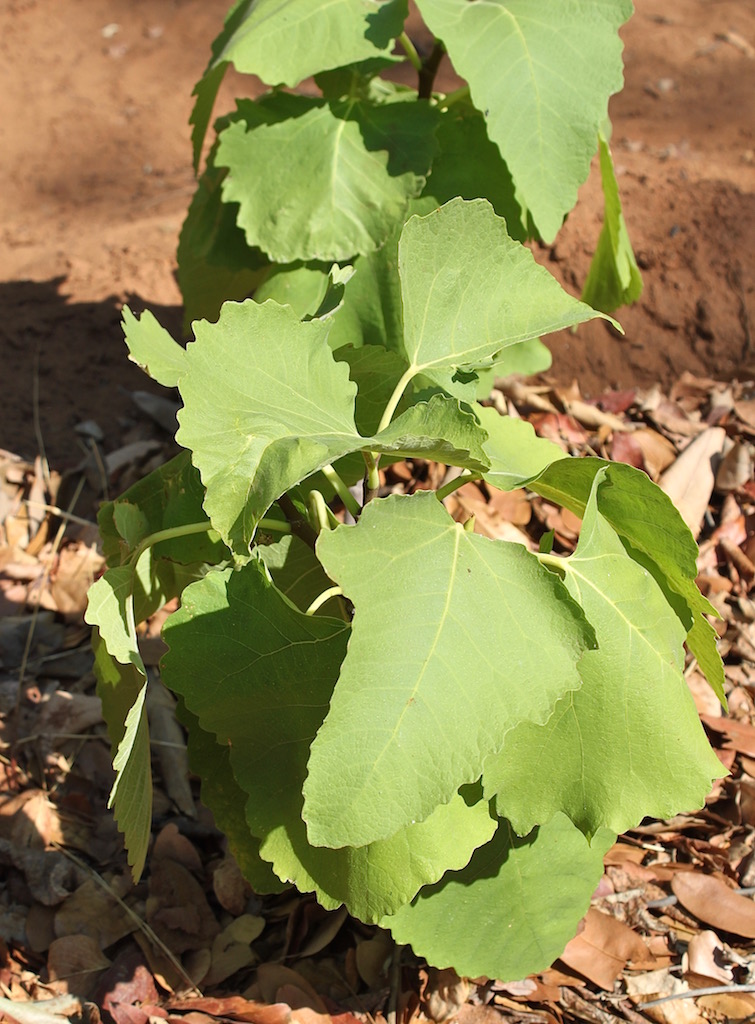
The tea is a potent liquid fertilizer, and I have firsthand experience of this. When I arrived here on the farm in February, 2013, Chris was in possession of two tiny fig seedlings struggling to take root in the semi-arid Kalahari sand. They were mulched and watered regularly, but over time one died while the other one flopped about, produced a leaf here or there, and grew all of about two inches in as many years. After we made our first container of worm tea our little fig tree was one of the beneficiaries. Within weeks — and I mean weeks — it had grown into a robust seedling. Today the fig appears well on its way to turning into a healthy, strong tree.
You have no idea how happy this makes me. I adore figs.

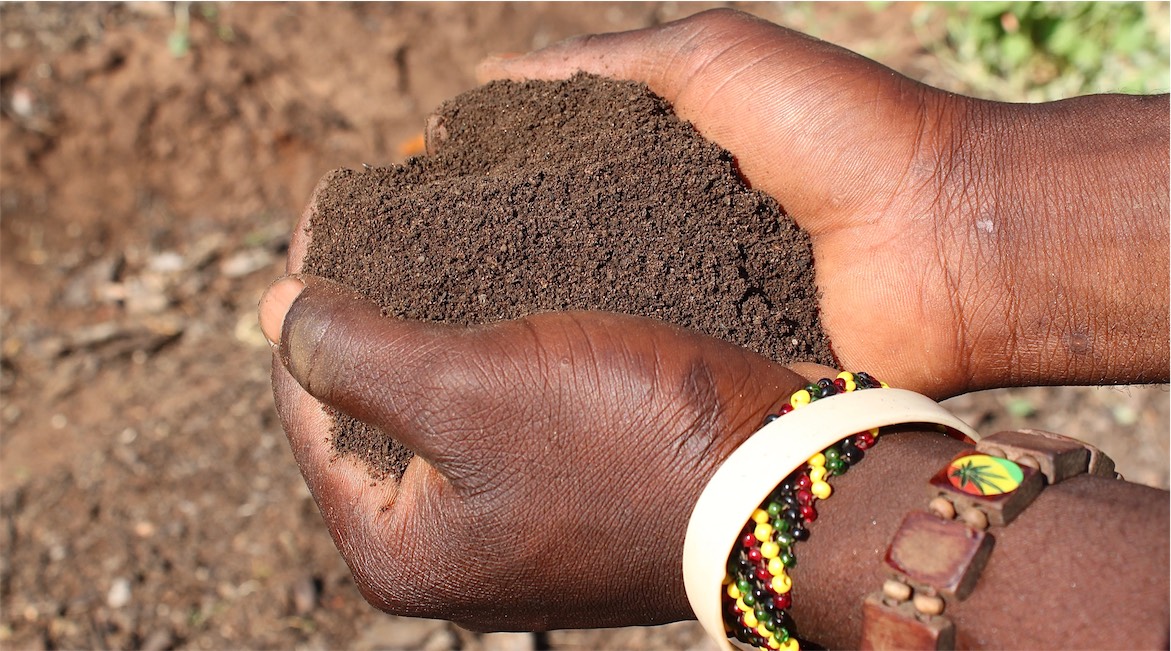
18 Comments
Oh Annabel, thank you for such an interesting and informative subject!
I too love figs so would deal with l(castings) for my figs 😉
Thank you for stopping by my blog, Maddy, and for your kind comment. A whole new world was opened up for me when we were given that bag of worm castings. It’s transformed my garden in so many ways. All the best to you, Annabel
Wormcast compost is the very best. It is the superman of compost. A perfect way to get rid of veggie peelings etc.
As a young teenager we lived on Lake Kariba in Binga so fishing was a regular pastime. My dad had a half 44 gallon drum (sliced lengthways) of soil filled with worms which had small holes in the bottom to stop it becoming waterlogged. The veggie peelings were tossed in every day. I don’t remember what happened if anything to the vermicasts but do remember the drum was alive with hundreds and thousands of worms.
One day my younger sister was fighting with me and buried one of my precious new sandals in the worm drum! I had to stick my hand into the seething mass of slimy, wriggley worms to retrieve it – that’s when the real fight started!
Great that your fig tree has sprung into life. What variety is it? We have Cuella de dama. No idea what that is in English but they are yellow skinned when ripe and bright pink inside. They are perfect for drying as well as eating fresh. Our soil is very poor so your post has seeded the idea to start making worm compost. Great blog and photos.
Thank you, as always, for your wonderful comment, Gillian. I cannot imagine what it felt like retrieving your sandal from that worm drum … phew! I have no idea what variety of fig tree we have, and we wait with bated breath to see if it will produce some fruit one day. Fingers crossed!
Annabel, thank you for reminding me not to neglect my precious worms at the side of our garden! I appreciate your posts and love that you take me for brief nostalgic African visits each time. Figs, YES! This is where I’m going in December to collect a LARGE boxful. http://leppingtonvalleyfarm.com.au Can you believe that I’ve not had a prickly pear fruit although they were present in mum’s rocky Karoi garden! Have you?
As I said in the comment above, Cherie, these worm castings have transformed our garden! Thank you so much for your lovely comment. I’ve just looked at the web link you sent through … and all I can say is, LUCKY YOU! Figs and prickly pears = double yum!
You’re brilliant, Annabel! Keep writing. Lots love, Kate xo
What a wonderful comment to wake up to … straight back at you, dear Kate, along with so much love. xo
Reminds me of our worm farm, big drums cut in half full of wriggling earth, brothers gouging out clumps with old tin cans to head to the dam to cast their lines, seedlings in mums potting shed bursting with enthusiasm to be planted out in garden beds thanks to the wormy castings. I love that you educate and you entertain with your wonderful writing complimented by your excellent photography. Thanks for the trip down memory lane ????
I always feel like it’s a job well done when I hear from you, Mo. Thank you so much for your kind comment. Life was simpler back then, wasn’t it? We were fortunate to have had such carefree childhoods, in spite of the civil war. When I awoke to the horror of the Paris attacks this morning, it was a painful reminder of how complex our world has become. It redoubled my gratitude for worm castings and little fig trees; for all the small things that have made such an impact on our privileged lives out here in the Zambezi Valley.
Hi Annabel, greetings from Portugal! I have been told I can use an old fridge for vermiculture…. what do you think?? Plenty of worms around to get started with!
Hello from Livingstone! As a container turned on its back, I don’t see why not? The fridge even comes with its own lid! Remember to make sure you use the “right” worms for vermicomposting, like the ones used by the company in Lusaka to which I refer in my post that are illustrated in the photograph above. Thanks for stopping by my blog, and all the best to you … Annabel
There is such an interesting book on earthworms and vermiculture Beginner’s Guide to Earthworm Farming by Mary Murphy
Thank you for the heads-up. I will switch over to Google after finishing this comment and take a look! All the best, Annabel
I never knew there were so many types of earthworms. I so enjoy your blog and photos, Annabel. I live in Harare on a golf estate and spend my time protecting my garden from wild pig …. how funny is that in a city ….. I expected it on the farm but the security fence worked well there. The commercial maize we farmed did not fare so well.
Oh, wow! Wild pig in Harare, now that is something I’ve never heard about before. Poor you … I remember how much damage they did to the maize on my family’s farm in Mvurwi. Here, there are no wild pig but we do daily battle with trumpeter hornbills. Those gigantic beaks do serious damage to our pawpaws!
Thank you so much for your kind comment about my blog. It is, as I am sure you have guessed, a labor of love. I feel so lucky to live in such an interesting (albeit hot!) environment.
All the best to you, Annabel
As I started reading your latest blog, I thought you might have a touch of too much African sun and were making a brew to drink with some amazing healing properties – worms… the new super food? However, it was with relief that you used it for gardening purposes. Next time you visit New Zealand I shall take you to our worm farm just down the road – a full on commercial operation!! xxxx
Haha, Louise. No. I haven’t gone quite that far yet! Is this YOUR worm farm to which you refer? Or is it a Havelock North worm farm? I am learning such a lot about the wonder of worms. Aren’t they wriggly little miracle workers? xo
Comments are closed.